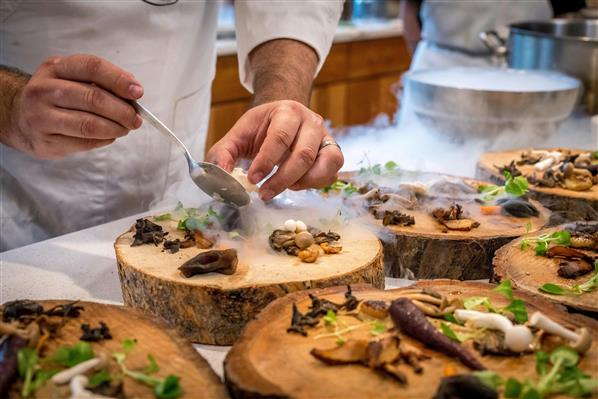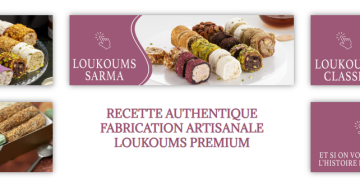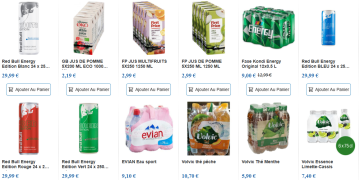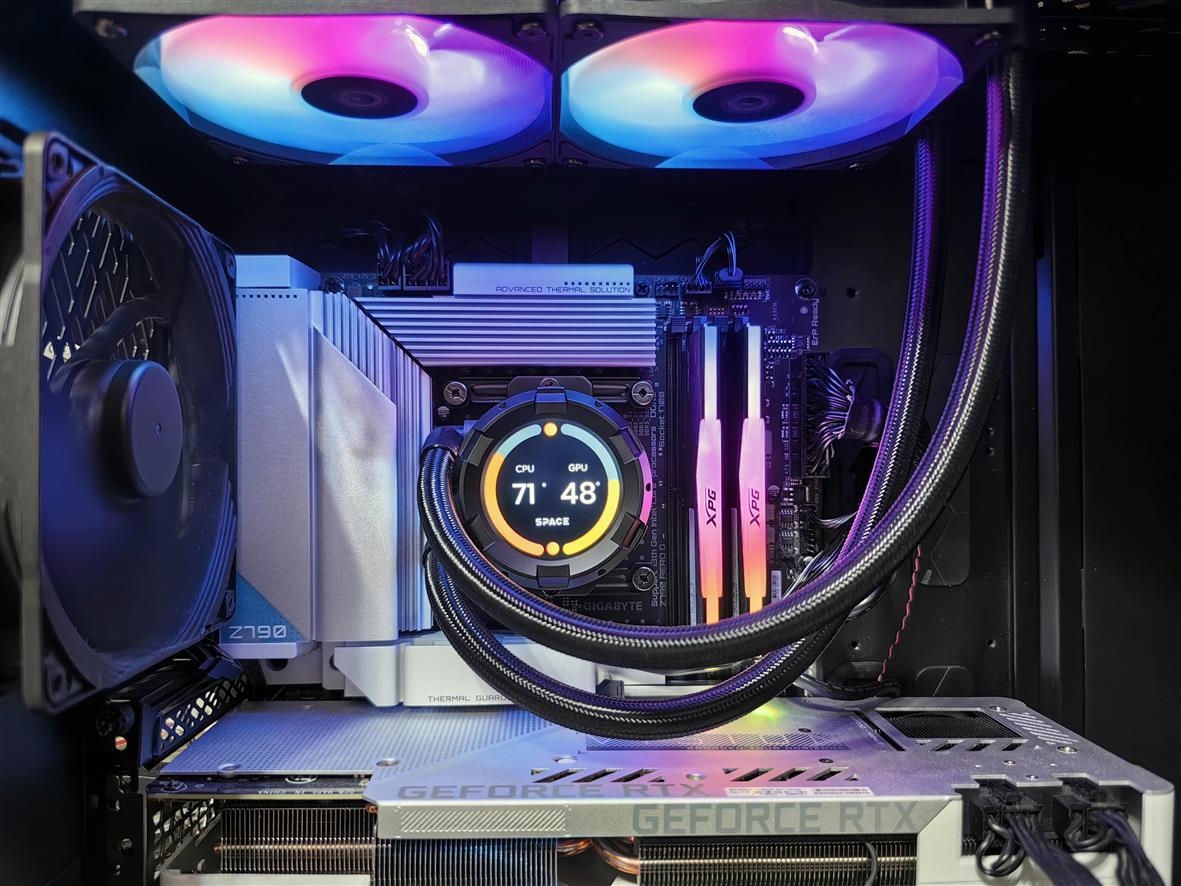
Cooking is an art form that blends creativity with science. Understanding the science behind cooking can elevate your culinary skills, helping you perfect techniques and master new skills. This essay delves into the science of cooking, exploring key concepts that underpin successful culinary techniques. By grasping these scientific principles, you can enhance your cooking abilities and achieve consistently excellent results.
The Science Behind Cooking Techniques
1. The Maillard Reaction
The Maillard reaction is a complex chemical reaction that occurs between amino acids and reducing sugars during cooking. This reaction is responsible for the browning of meat, bread crusts, and roasted coffee, contributing to rich flavors and appealing colors.
Key Concepts:
- Temperature: The Maillard reaction typically begins at temperatures above 285°F (140°C). High heat accelerates the reaction, enhancing flavor development and color.
- Time: Prolonged cooking at high temperatures increases the Maillard reaction, creating deeper flavors.
- pH Levels: Alkaline environments can enhance the Maillard reaction. Adding a pinch of baking soda to meat can facilitate browning.
Applications:
- Searing Meat: Achieving a golden-brown crust on steak or chicken through high-heat searing.
- Baking Bread: Developing a crispy, caramelized crust on artisan bread.
2. Caramelization
Caramelization is the process of heating sugars until they break down and transform into caramel. This reaction produces complex flavors and a deep amber color.
Key Concepts:
- Temperature: Caramelization begins at around 320°F (160°C) and progresses to higher temperatures, creating varying degrees of caramel flavor and color.
- Sugar Types: Different sugars (sucrose, glucose, fructose) caramelize at different temperatures, affecting flavor and texture.
Applications:
- Desserts: Creating caramel sauces, candies, and toppings.
- Savory Dishes: Adding caramelized onions to enhance flavor in soups and stews.
3. Emulsification
Emulsification is the process of combining two immiscible liquids, such as oil and water, into a stable mixture. This technique is essential for creating smooth dressings, sauces, and mayonnaise.
Key Concepts:
- Emulsifiers: Substances like egg yolks, mustard, and lecithin stabilize emulsions by reducing surface tension and preventing separation.
- Technique: Gradually incorporating one liquid into another while continuously whisking or blending ensures a stable emulsion.
Applications:
- Dressings: Making vinaigrettes and creamy dressings.
- Sauces: Creating hollandaise, béarnaise, and mayonnaise.
4. Gelatinization
Gelatinization is the process by which starch granules absorb water and swell when heated, forming a gel-like consistency. This process is crucial for thickening sauces, soups, and baked goods.
Key Concepts:
- Temperature: Gelatinization typically begins around 140°F (60°C) and progresses as temperature rises.
- Starch Types: Different starches (cornstarch, potato starch, flour) have varying thickening properties and temperatures at which they gelatinize.
Applications:
- Sauces and Soups: Thickening and stabilizing liquid-based dishes.
- Baking: Improving the texture of cakes, cookies, and bread.
5. Fermentation
Fermentation is a metabolic process where microorganisms, such as yeast and bacteria, convert sugars into alcohol or acids. This process is essential for producing bread, yogurt, cheese, and fermented beverages.
Key Concepts:
- Microorganisms: Yeast, bacteria, and molds play specific roles in fermentation, influencing flavor and texture.
- Conditions: Temperature, time, and pH levels affect fermentation rates and outcomes.
Applications:
- Baking: Producing leavened bread and pastries.
- Dairy: Making yogurt, kefir, and cheese.
Mastering Cooking Skills
1. Knife Skills
Knife skills are fundamental for efficient and precise cooking. Mastering various cuts and techniques improves texture, appearance, and cooking times.
Key Techniques:
- Chopping: Uniformly cutting vegetables into small pieces for even cooking.
- Julienning: Creating thin, matchstick-sized strips for dishes like stir-fries.
- Dicing: Producing small, uniform cubes for salads and stews.
Tips for Mastery:
- Practice: Regularly practice different cuts to improve speed and precision.
- Knife Maintenance: Keep knives sharp and properly maintained for safety and efficiency.
2. Cooking Temperatures
Understanding and controlling cooking temperatures is crucial for achieving desired textures and flavors. Different techniques require specific temperature ranges for optimal results.
Key Concepts:
- Searing: High heat (400°F to 450°F / 200°C to 230°C) for developing a caramelized crust.
- Simmering: Moderate heat (180°F to 205°F / 80°C to 95°C) for slow cooking and flavor extraction.
- Roasting: Moderate to high heat (350°F to 425°F / 175°C to 220°C) for evenly cooking and browning.
Tips for Mastery:
- Thermometers: Use kitchen thermometers to monitor internal temperatures for meat and baked goods.
- Practice: Adjust heat settings and timings based on recipe requirements and ingredient types.
3. Baking Science
Baking involves precise measurements and understanding chemical reactions to achieve consistent results. Key baking techniques include mixing, leavening, and temperature control.
Key Concepts:
- Leavening Agents: Baking powder, baking soda, and yeast cause dough to rise by producing gases.
- Mixing: Proper mixing techniques ensure even distribution of ingredients and desired texture.
- Temperature: Accurate oven temperatures are essential for proper rising and browning.
Tips for Mastery:
- Follow Recipes: Adhere to recipes and measurements for consistent results.
- Experiment: Explore different baking methods and ingredient substitutions to understand their effects.
4. Sauce and Soup Techniques
Sauces and soups often serve as the foundation of a meal, adding flavor and richness. Mastering these techniques enhances your ability to create diverse and complex dishes.
Key Techniques:
- Deglazing: Adding liquid to a pan to loosen browned bits and create flavorful sauces.
- Reducing: Simmering liquids to concentrate flavors and thicken consistency.
- Blending: Using immersion or stand blenders to achieve smooth textures in soups and sauces.
Tips for Mastery:
- Taste: Continuously taste and adjust seasoning as you cook.
- Balance: Balance flavors (salt, acid, sweetness) to achieve a harmonious result.
5. Grilling and Barbecuing
Grilling and barbecuing are popular methods for cooking meat, vegetables, and seafood. Understanding heat control and flavor development is key to mastering these techniques.
Key Concepts:
- Direct vs. Indirect Heat: Use direct heat for quick-cooking items and indirect heat for slower, more thorough cooking.
- Marinating: Infuse flavors and tenderize proteins before grilling or barbecuing.
- Resting: Allow cooked items to rest before serving to retain juices and enhance flavor.
Tips for Mastery:
- Preheat: Always preheat the grill for even cooking and optimal searing.
- Monitor: Use a meat thermometer to ensure proper doneness.
Developing Advanced Techniques
1. Sous Vide Cooking
Sous vide cooking involves vacuum-sealing food and cooking it in a precisely controlled water bath. This method ensures even cooking and retains moisture and flavor.
Key Concepts:
- Temperature Control: Sous vide requires accurate temperature control for consistent results.
- Vacuum Sealing: Proper sealing prevents water from entering the bags and ensures even cooking.
Tips for Mastery:
- Invest in Equipment: Use a high-quality sous vide machine and vacuum sealer for best results.
- Experiment: Explore different cooking times and temperatures for various foods.
2. Molecular Gastronomy
Molecular gastronomy combines cooking with scientific techniques to create innovative dishes. This approach involves using ingredients and tools to alter textures, flavors, and presentations.
Key Concepts:
- Spherification: Creating liquid-filled spheres with a gel-like membrane.
- Foaming: Using agents like lecithin to create flavorful foams and bubbles.
Tips for Mastery:
- Learn Techniques: Study molecular gastronomy methods and recipes to understand their applications.
- Practice: Experiment with small batches and adjust techniques as needed.
3. Artisan Bread Baking
Artisan bread baking focuses on creating high-quality, handmade bread with distinctive flavors and textures. Techniques include sourdough fermentation, shaping, and baking.
Key Concepts:
- Fermentation: Long fermentation times develop complex flavors and improve texture.
- Shaping: Proper shaping techniques ensure even rise and texture.
Tips for Mastery:
- Use Quality Ingredients: High-quality flour and yeast are essential for successful artisan bread.
- Practice: Experiment with different recipes and techniques to refine your skills.

Conclusion
The science of cooking provides valuable insights into the techniques and principles that underpin successful culinary endeavors. By understanding the Maillard reaction, caramelization, emulsification, gelatinization, and fermentation, you can enhance your cooking techniques and achieve consistently excellent results. Mastering knife skills, cooking temperatures, baking science, sauce and soup techniques, and grilling methods further refines your culinary abilities. For those looking to explore advanced techniques, sous vide cooking, molecular gastronomy, and artisan bread baking offer exciting opportunities for innovation and creativity in the kitchen. Embracing the science of cooking empowers you to elevate your culinary skills, creating dishes that are both delicious and expertly crafted.











